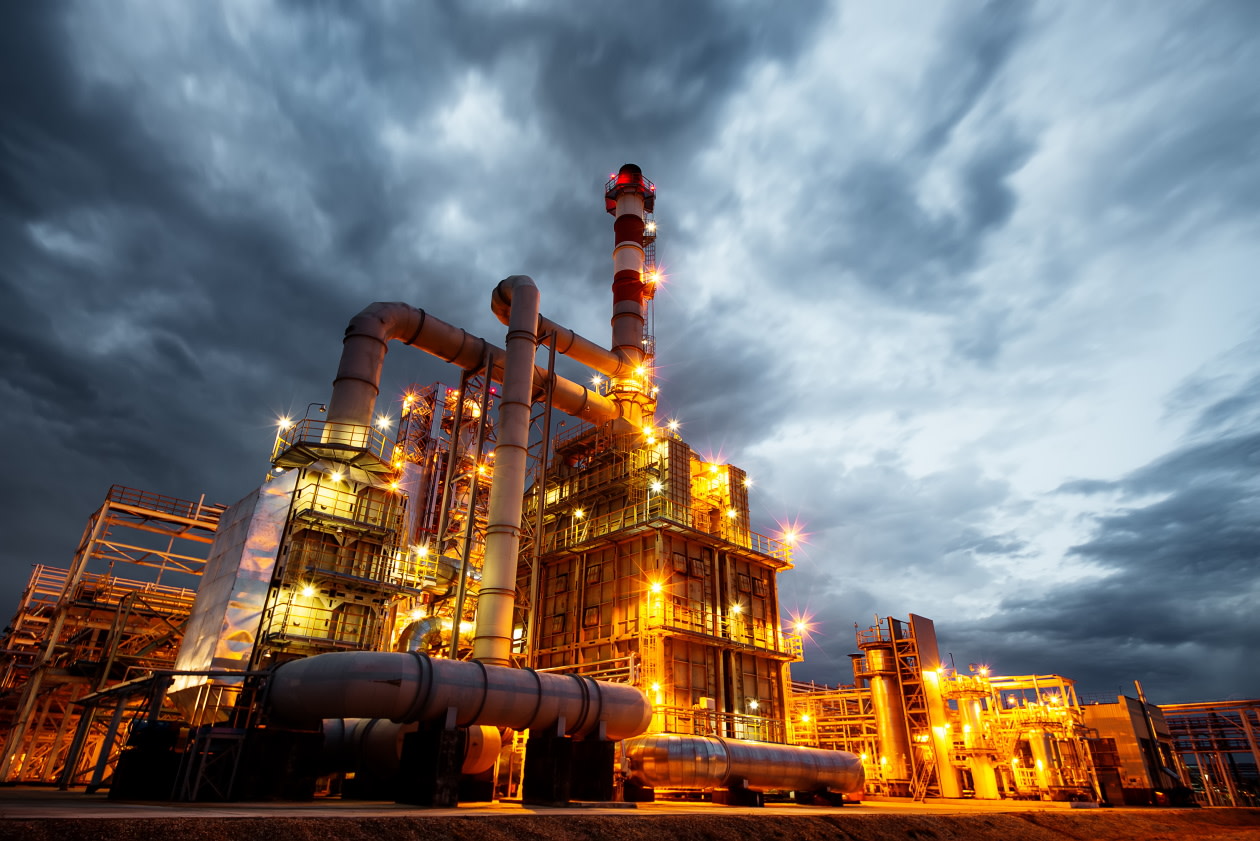It’s been a turbulent few days for the energy industry.
Sector-wide sentiment remains low following the uncertainty triggered by Trump’s Liberation Day tariffs. While much is currently unclear, markets are grappling with the possibility of cost pressures stemming directly from tariffs, as well as rising material costs and potential supply chain disruptions.
These shocks could raise costs for oil and gas and renewable companies.
Meanwhile, BP Chair Helge Lund has now stepped down following the oil and gas major’s unsuccessful pivot to a green transition strategy.
Pressure on BP has been ratcheting up for some time. Lagging performance and a push from activist investor Elliot Management, who’s been building a 5% stake in the company, seem to have forced BP into action.
The calls have been for a focus on value and a roll back on low-carbon spending. The group has since axed its low-carbon mobility team and with the resignation of Helge Lund, one of the architects of the green transition strategy, it appears the tide is changing.
Over the past 12 months the wider oil and gas sector has started to reassess its strategic approach to the energy transition too.
The adjustment has been categorised by a period of investment cuts, increased shareholder distributions and the dilution – or removal – of targets.
Shell and BP have been at the forefront of this switch.
Both have made serious strategic decisions in 2020 to lean into the green energy transition, including establishing net-zero targets on output.
BP went as far as targeting a 40% reduction in oil and gas production by 2030. Shell opted to reduce the carbon intensity of its products, meaning it would need to reduce oil and gas output and ramp up clean energy to supplement cashflow.
In France, TotalEnergies took a more cautious approach, targeting net-zero output in Europe only, with a plan to expand alongside global ambition.
Across the pond, companies like Chevron also set net-zero goals, but on operations rather than output.
Total return (%)
This article isn’t personal advice. Investments and any income from them can rise and fall in value, so you could get back less than you invest. If you’re not sure what’s right for you, ask for financial advice.
Are times changing for big oil?
Investors have shown support for those companies that remain consistent in their strategic approach and who invest in areas where they have a competitive advantage.
Today, renewables continue to be cost-competitive with conventional energy.
But few in the oil and gas sector have been able to unlock this opportunity.
TotalEnergies are one of the few remaining companies managing to balance low-carbon spending with investor confidence.
However, global energy demand is rising, and fossil fuels still make up around 80% of total energy production.
Oil and gas companies will continue to supply what there is demand for, ensuring energy security and providing access to energy for developing nations.
Low-carbon alternatives will only be able to stand in those shoes once funding and supportive policy gaps are filled, potentially unlocking security, affordability and sustainability.
BP’s recent strategy reset, dropping production targets and slashing spending on renewables, shows times are changing for the sector.
Those investors focused on financial returns will be pleased, but those concerned with record global warming and explosive electricity demand might be looking elsewhere.
Here are two investment ideas to consider in both areas.
Investing in an individual company or investment trusts won’t be right for everyone. If that investment fails, you could lose your whole investment. If you can’t afford this, investing in a single company or investment trust might not be right for you. You should make sure you understand what you’re investing in and the specific risks. You should also make sure any investments you own are part of a diversified portfolio.
Remember, yields are variable and are not a reliable indication of future income, and no income is ever guaranteed.
Maintaining focus on oil and gas – Shell
Shell was relatively quick in terms of altering course to maintain oil and gas as the core focus of its investment plans.
Its earlier attempts to accelerate its renewables pipeline haven’t taken too big a toll on the balance sheet either. That might explain why Shell’s recent capital markets day revealed more of a strategic evolution than a reset.
But an increase in target pay-out levels and a drive to improve cash generation means we’re hopeful for further progression on shareholder payouts.
While there can be no assurances, there’s currently a prospective dividend yield of about 4%, and dividend growth of 4% per year is being targeted. However, it’s share buybacks that will be the priority. The track record on this is already strong, with $3bn or more shares repurchased for each of the last 13 quarters.
Shell is reducing the proportion it invests in low-carbon projects after the financial returns on previous investments disappointed.
It’s focusing on increasing the contribution that the relatively clean-burning fuel, LNG (liquified natural gas), makes to its sales mix in order to meet its emission targets.
Shell is already the leading supplier of LNG in its peer group and is looking to grow sales volumes 4-5% per annum out to 2030, while holding liquids production flat over the same period.
However, by targeting high-quality deepwater basins, it’s planning to boost returns on investment in oil assets as well.
Oil and gas extraction is subject to significant political and geological risks though, so there’s a chance that projects don’t perform as expected.
We think Shell’s sharpened focus on efficiency and quality leaves it well-placed to grow free cash flow and shareholder distributions. Compared to the competition, the valuation’s not too demanding either.
Of course, the one crucial part of that equation it can’t control is the oil price. So, investors have to be prepared for the relatively high level of volatility that accompanies the entire sector.
A pure play on renewables – Greencoat UK Wind
For portfolios looking to invest directly in the transition, renewable energy generation assets could be worth considering.
Assets like onshore and offshore wind farms and solar parks offer direct alternatives to generating electricity using fossil fuels.
One of the features of the last UK budget, was the government’s commitment to move away from oil and gas and towards renewable energy generation. This is needed for the UK to achieve energy independence, as well as to hit our net-zero commitments.
Increased spending on, and government support for, renewable infrastructure should support funds which invest in assets like wind farms, solar parks and battery storage facilities.
While the government has so far made the right noises, remember nothing is certain and policies have the potential to change over time.
Wind farms are physical assets which are illiquid and so the best way for retail investors to access them is generally through investment trusts, like Greencoat UK Wind. This is an investment trust which buys operating onshore and offshore UK wind farms that are currently producing income.
The trust aims to pay investors a sustainable annual dividend that increases in line with inflation as measured by RPI (retail price index), while preserving the value of an investment. This means the majority of any returns will come in the form of income rather than capital growth.
The trust is managed by and an experienced team from Schroders Greencoat, a renewable investment manager. It currently offers a dividend yield of 9.4% but again this can’t be guaranteed.
Investors should remember that investing in a single sector like wind farms or renewable infrastructure is a higher-risk approach compared to a more diversified one.
We think investment trusts investing in a specific sector should usually only form a small part of a well-diversified investment portfolio.



